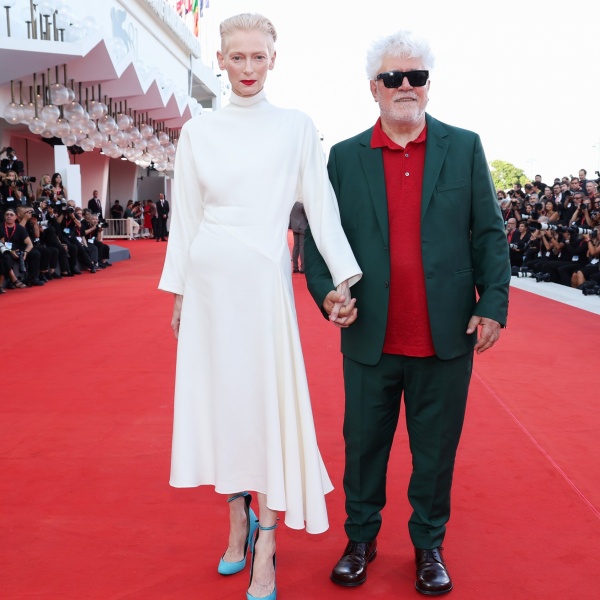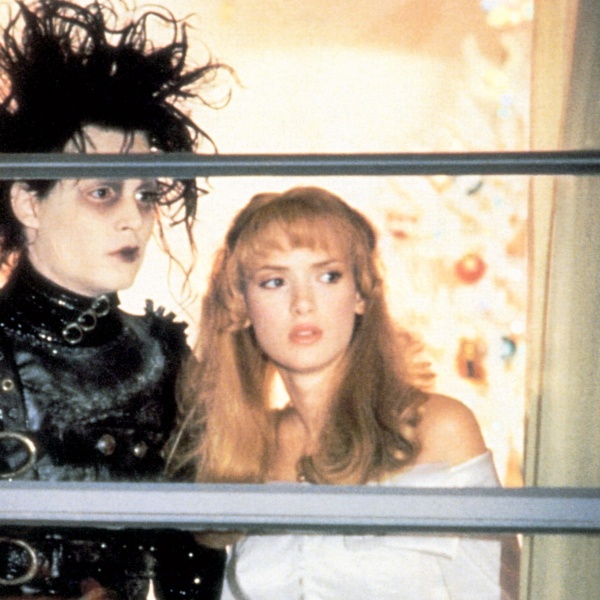Disney+ is regressing — in subscribers, at least.
The Disney streaming service lost 4 million overall subscribers in the company’s fiscal second quarter after losing 2.4 million subs in Q1. All told, the company now has 231.3 million streaming total streaming subscriptions, counting Disney+, Disney+ Hotstar (which led the losses), Hulu, and ESPN+.
Netflix ended the same quarter with 232.5 million global paid subscribers, which means as of March 31, 2023, Netflix is again the undisputed streaming king in terms of subscriptions. (Though Amazon might like a word.) Disney’s total portfolio had previously surpassed Netflix’s subscriber count, though the ARPUs (average revenue per user) are wildly in Netflix’s favor.
Disney+ and Disney+ Hotstar now combine for 157.8 million subscribers. Here’s the new breakdown:
Disney+ (core): 104.9 million, up 1 percent from 104.3 million at the end of Q1
Disney+ Hotstar: 52.9 million, down 8 percent from 57.5 million at the end of Q1
Hulu: 48.2 million, up a hair from 48 million at the end of Q1
ESPN+: 25.3 million, up 2 percent from 24.9 million at the end of Q1
While most subscriber losses came from Disney+ Hotstar — the name of the (very) low-revenue-generating Disney+ in India and other Southeast Asia countries — core Disney+ did lose 300,000 subscribers in the U.S. and Canada. Excluding Disney+ Hotstar, the service grew 2 percent internationally. Hotstar has been hurting since Disney lost cricket rights.
Disney’s direct-to-consumer business lost $659 million in fiscal Q2, which is an improvement on the $1 billion it lost last quarter. The company credited Disney+ and ESPN+ for the improvement; the two services recently raised subscription prices. Hulu, which like Netflix has been profitable for years, struggled along with the advertising market.
Disney executives have previously stated they expect Disney+ is expected to reach profitability next year. There was no such mention of the benchmark in the fiscal Q2 earnings announcement.
Here’s all CEO Bob Iger had to say: “We’re pleased with our accomplishments this quarter, including the improved financial performance of our streaming business, which reflect the strategic changes we’ve been making throughout the company to realign Disney for sustained growth and success. From movies to television, to sports, news, and our theme parks, we continue to deliver for consumers, while establishing a more efficient, coordinated, and streamlined approach to our operations.”
Surely there will be more when Iger and Disney’s senior executive team host a conference call at 4:30 p.m. ET to discuss the second quarter in greater detail. We’ll hopefully get an update on Disney+ target profitability then.

Wall Street forecast Disney’s earnings would come in at 93 cents per share on revenue of $21.79 billion. The consensus was right on the money, literally, on earnings per share; Disney posted $21.815 billion in revenue, which was slightly better than estimates. Revenue was 13 percent better than the comparable quarter last year, but earnings decreased 14 percent.
The Parks, Experiences, and Products segment was the star of the quarter, with Shanghai Disney Resort, Disneyland Paris, and Hong Kong Disneyland Resort rising the tide overseas; Disney’s cruise line performed admirably stateside. Merchandise from the Star Wars, Spider-Man, Frozen, and The Avengers brands decreased.
Disney’s media and entertainment businesses combined for a 42 percent loss in operating income; you can blame linear television for nearly all of that.
The studio’s big second-quarter theatrical release was “Ant-Man and The Wasp: Quantumania,” which proved to be a disappointment at the box office. Thankfully there was plenty of carryover success from “Avatar: The Way of Water.” There wasn’t a whole lot to speak about in terms of series: “The Mandalorian” Season 3 came out March 1 on Disney+.
Theatrically, the current quarter should stand on its own two feet with “Guardians of the Galaxy Vol. 3,” “The Little Mermaid,” “Elemental,” and “Indiana Jones and the Dial of Destiny.” That last one comes out on June 30, however, which is the final day of Disney’s fiscal third quarter. Any Indy profits from the big-screen performance will have to wait for the company’s final quarter (again, on a reporting basis — Disney does not follow the calendar year).




